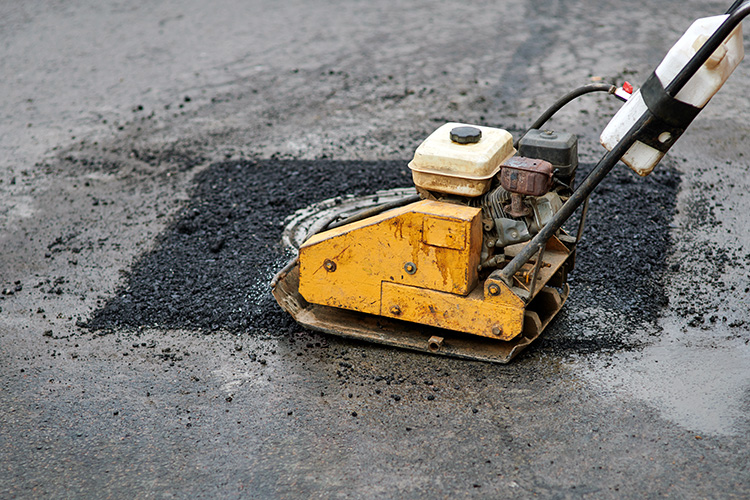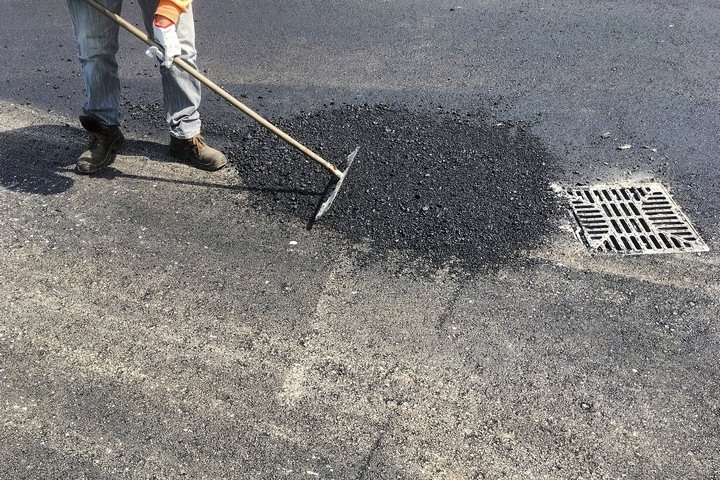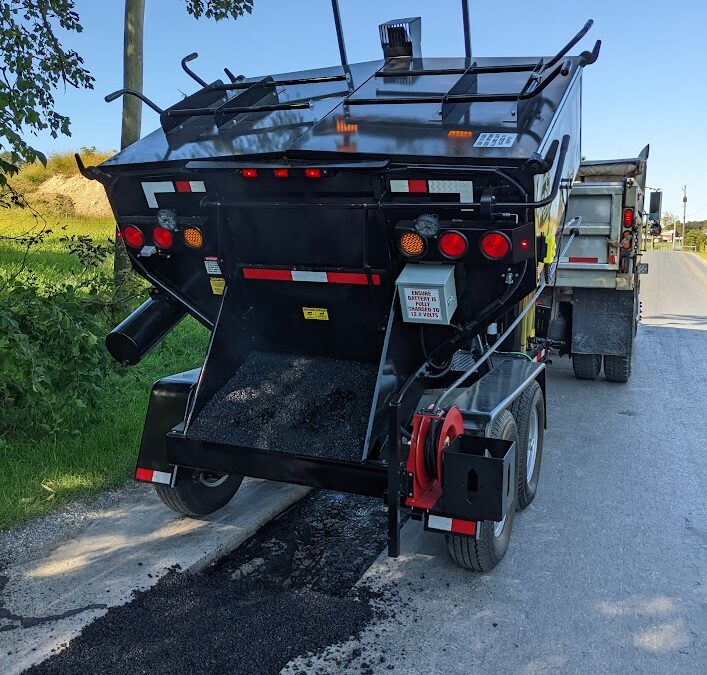To repair the damaged pavement and roadways, specialized vehicles called asphalt patch trucks are being used. It is possible to immediately fill the potholes, fissures, and other surface defects with asphalt mix using heated containers mounted on these trucks. The intention of asphalt patch trucks is the suppress of traffic interruption and guarantee driver security by providing a timely solution to road repairs.
The market is stuffed with several types of asphalt patch trucks having many characteristics and functions peculiar to themselves. A common version is the dump-type patch truck with a hydraulic asphalt mix easy-to-unload bed. Another type is the spray injection patch truck which sprays asphalt mix onto the damaged area with a high-pressure nozzle. There are also trailer-mounted patch trucks that can be towed behind a vehicle for minor repairs.
Importance of Quick Road Repairs
Road cracks and potholes may greatly influence driving safety levels. These defects can cause vehicle damage that can lead to costly repairs and even accidents. In particular, potholes can cause drivers to lose control of their cars or make them jump wildly and this would lead to some injuries. These risks may be eliminated, ensuring the safety of both the drivers and pedestrians in case if roads are repaired promptly using asphalt patch trucks.

Quick fixes on the roads do not only solve traffic safety but also guarantee financial benefits. Well-maintained roads reduce the wear on tire and suspension components, hence lowering the vehicle operation costs. As rolling resistance is reduced on the smooth roads, they also improve the fuel economy. Besides, early repairs can help in preventing the further degradation of a road’s surface which also saves the governments and local authorities from having to undertake expensive rehabilitation programs at some later date.
1: Properly Prepare the Surface
If asphalt patch trucks are to provide a lasting repair, the disrupted surface should be prepared accordingly. First, the area that needs to be repaired should firstly be washed and then dried. To ensure that the asphalt mix sticks well, any standing water or loose materials or debris must be eliminated. This process may be facilitated using a leaf blower or compressed air while sweeping the area with a broom.
As soon as the surface has been cleaned and dried, it is vital to remove all the other loose items in the damaged zone. This can be done using a manual tool or even mechanical tools such as the jackhammer and pavement saw. By removing all the loose materials, you can be assured that the patch will have a very firm base and not eventually cave in or break down.
That is why, the tack coat application serves to improve the adhesion between the freshly mixed asphalt and original pavement. A thin layer of asphalt emulsion functioning like a bonding agent is known as a tack coat. It aids in the durable and persistent repair through helping of asphalt mix in sticking to the old sidewalk.
2: Use the Right Amount of Material
For a successful asphalt patch truck repair, the right amount of mix is essential. Material in unnecessary amounts can cause the loss of material and wasteful expenditure, while the lack of an adequate amount may lead to a patch that cannot survive.
It is important to accurately measure the dimensions of the damaged area due to which a certain amount material will be necessary. A tape measure or any other measuring tool can do this. As the depth of repair will influence on how much material is required, it is also advisable to consider this.
It is also vital to identify the exact amount of material needed and keep the asphalt mix at the correct temperatures during application, and transportation. Hot boxes on asphalt patch trucks prevent the material from cooling down and becoming unusable. This ensures that the asphalt mixture will adhere very well to the scarred surface and flow evenly.
3: Compact the Patch Correctly
A long-lasting repair using asphalt patch trucks calls for the appropriate compaction. By eliminating the spaces and air pockets that can cause the asphalt mix to fail too early, compaction ensures a densely packed mixture.
According to the scope and position of repair, several methods of compaction are very much possible. For larger reconstructions, the asphalt mixture is compacted using a vibratory roller. The roller should be run in the overlapping passes therefore for uniform compaction. A plate compactor, a mobile device that compresses the asphalt mix by means of downward pressure can be used for moderate repairs.

The correct density and smoothness must be reached for a repair to work properly. The density of the patch can be determined through nuclear or weight measurements after coring. Smoothness is assessed by visually observing the surface for any blemishes or flaws.
Maintenance and Safety Considerations
The regular maintenance of the asphalt patch trucks is very necessary to keep them in good condition. It entails routine inspections, lubricating the moving parts, and cleaning off the machine after every single use. In order to avoid further damage as well as ensure safe operation, any worn or broken parts have to be immediately replaced.
Safety procedures should also be followed when operating the asphalt patch trucks. The use of appropriate personal protective gear, such as high-visibility clothing, safety glasses and gloves by operators is advised. They should also be trained in the proper use of the equipment and all security measures recommended by the manufacturer.
In using asphalt patch trucks, the implementation of the best practices is essential to avoid making common mistakes. This includes using the right type and level of asphalt mix, and setting up the machine correctly, ensuring that patch has had enough time to cure before reopening the traffic. Operators’ regular training and education allow for constant awareness of the latest approaches and instruments to road maintenance.

